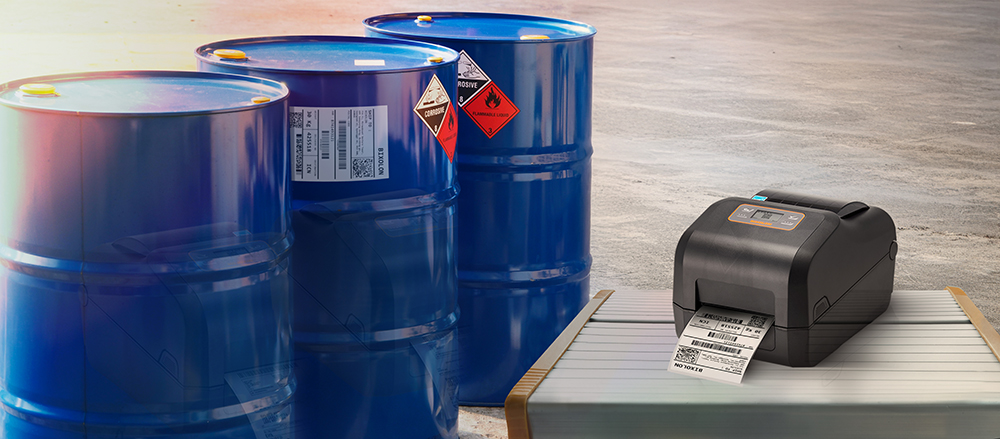As restrictions are lifted, we are looking forward to (safely!) being able to do more of what we do best – getting out there, talking to clients and exploring their sites and systems to help them identify solutions for risk management.
We are also looking ahead to the opportunities presented by in-person conferences and expos like ChemUK. These events allow us to catch up with existing connections, to make new connections, and most importantly, to share our experiences. We have a wealth of experience and knowledge across risk management in the high hazard industries, and we appreciate that others have their own insights and specialities too; this makes for a great setting to collaborate. The mix of disciplines and interests at industry events makes for innovative and holistic solutions, perhaps the most valuable take-away. Afterall, we might have different roles to play, but we all have the same goal, safe operations.
Our hot topic for ChemUK this year is understanding risk criteria. It sounds straight forward but it represents one of the most crucial aspects of risk analysis and management; the ‘so what?’ part of the process. We have worked out our risk, but what does it mean – are we good to go, or do we need to think about further control measures? Having criteria to compare our results against is vital for decision making and ensuring our efforts are focussed in the right places, but time and time again we have seen them misunderstood and misapplied.
The criteria we use should be dependent on the type of risk we have calculated, or we could end up comparing apples and pears. For example, the Tolerability of Risk ‘Carrot’ (which outlines the boundaries between broadly acceptable, tolerable if ALARP and intolerable risk) defines the criteria for Individual Risk. If you have risk ranked an event in a HAZOP, estimated the risk of a scenario in a LOPA or focussed on a single piece of equipment, however, you haven’t calculated Individual Risk. The ‘Carrot’ isn’t an appropriate benchmark. Examples such as HAZOP, LOPA and risk analysis for single pieces of equipment look at societal, or group risk. Societal Risk analyses the number of people that can be harmed by a scenario, whereas Individual Risk looks at all of the scenarios impacting on a single person.
It is easy to see where the confusion comes from, when the more well known criteria is the ‘Carrot’, and some of the most frequently used hazard identification and analysis techniques are HAZOP and LOPA. Compounding on this, we often see operators using criteria that have been adjusted and handed down through the company, within a corporate risk matrix for example, with little understanding or corporate memory of where those criteria came from. It can come as a surprise when we challenge the status quo and dig deeper into their origins, but it is important to be confident in our criteria. We can make adjustments and calibrations to our criteria, we just need to be sure what it is we are looking at first.
There is a lot riding on the decisions we make for managing risk, so we need to make sure those decisions are based on a solid foundation. We are looking forward to sharing our thoughts on this, plus other aspects of process safety, at ChemUK. Even more so, we look forward to hearing the thoughts and experiences of others to see what we can learn and, hopefully, find opportunities to collaborate and deliver pragmatic risk solutions. See you there.
Jenny Hill and Carolyn Nicholls










